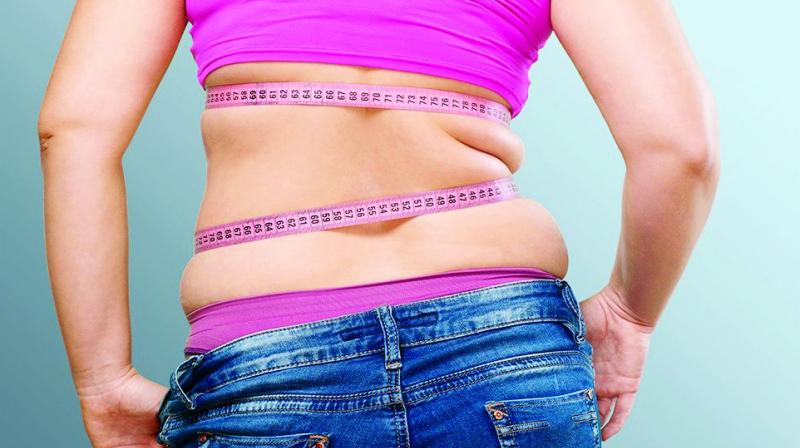When we think of ‘fat’ it is all too often spoken about in a negative tone, many people will associate this instantly turn their thoughts to health-related diseases such as obesity and give it a bad label. However, fat is vital for life, it is essential for optimal functioning of the human body. Fats are not only energy providers for the body, they also act as structural building blocks, and 60% of our brains are made up of fat. Fats are also used as carriers of fat-soluble vitamins A,D, E and K and support the absorption of these vitamins. And another key role is insultation, fat helps to maintain our core temperature when we are exposed to cold temperatures (Vergroesen & Crawford., 1975).
Different types of fat
Not many people are aware, but we actually have two primary types of fat cells in our bodies that we produce and store; brown and white. And these two different types of fat have different functions and roles to play. The white fat adipocytes accomplish most of the roles mentioned above, it is stored below the skin (subcutaneously) and around organs (visceral fat). White fat is the type of fat we try to avoid accumulating and too much is associated with health-related diseases such as obesity and type 2 diabetes (Schulz et al., 2011).
The difference between white and brown fat cells
However brown fat adipocytes are very different to white fat. Whilst white fat is predominantly passive, and is used for storage of energy. In contrast, brown fat which is found in the neck, shoulders and upper back is metabolically active. Babies have high levels of brown fat as it plays a fundamental role in keeping them warm, due to their inability to shiver when cold. As we age, the need for brown adipose tissue is decreased and therefore adults tend to have less brown fat than babies. Nevertheless, adults do still have brown adipose tissue and research shows that activating these fat cells can lead to significant health benefits, and could contribute to fat loss (Nedergaard et al., 2007).
Exposure to the cold

When we are exposed to cold conditions we shiver, and this is occurring through muscular contractions to generate heat. However, there is another way the body generates heat without shivering, and this is known as non-shivering thermogenesis, which uses our brown fat cells to increase heat generation. These brown fat cells are plentiful with mitochondria, which are activated in cold conditions, and stimulated with a release or noradrenaline via the sympathetic nervous system thus leading to increases in metabolism and energy expenditure. Recent studies have shown that brown fat can be ‘trained’ by exposure to cold temperatures to be more metabolically active. Furthermore, there is emerging research to suggest that mature white adipocytes can be converted in to brown adipocytes and the typical fatty acid storage phenotype of the white adipocyte can be changed to being a fat utilization phenotype. Together it appears that these two factors seem viable methods to contribute to weight loss and therefore assist in combating obesity and other weight induced health related diseases (Langbin., 2010).
Is cryotherapy a viable method to combat weight loss and health related diseases?
So how does this relate to cryotherapy? Three conclusions we can make from the current body of research are:
-
Adults do have brown fat, even if it is less than babies and young children.
-
Brown fat is metabolically active, increasing energy expenditure and therefore burning calories when it is activated.
-
Controlled exposure to cold temperatures (as experienced during cryotherapy) activates brown fat cells.
Taking these 3 facts together, it seems logical that cryotherapy is an effective way to increase activation of these fat cells, which could assist with weight loss and increases in metabolism. To date there are yet to be studies conducted specifically assessing the role of cryotherapy for this purpose, nevertheless if you are looking to lose weight it seems a solid enough speculation to give cryotherapy a try to activate your brown adipose tissue.
If you are keen to lose a few extra pounds, increase fat loss and increase your metabolism why not give cryotherapy a try. We suggest booking in for whole body cryotherapy 2-3 times per week. It is important you ensure to maintain a healthy balanced diet whilst also incorporating regular exercise daily, as there are no miracles involved in weight loss. Test it out for 3 weeks and it is very likely you will start the see results you are looking for. Alternatively talk to us about a 1-2-1 free consultation to discuss our Cryolipolyisis (LipoFreeze) fat loss treatments.





